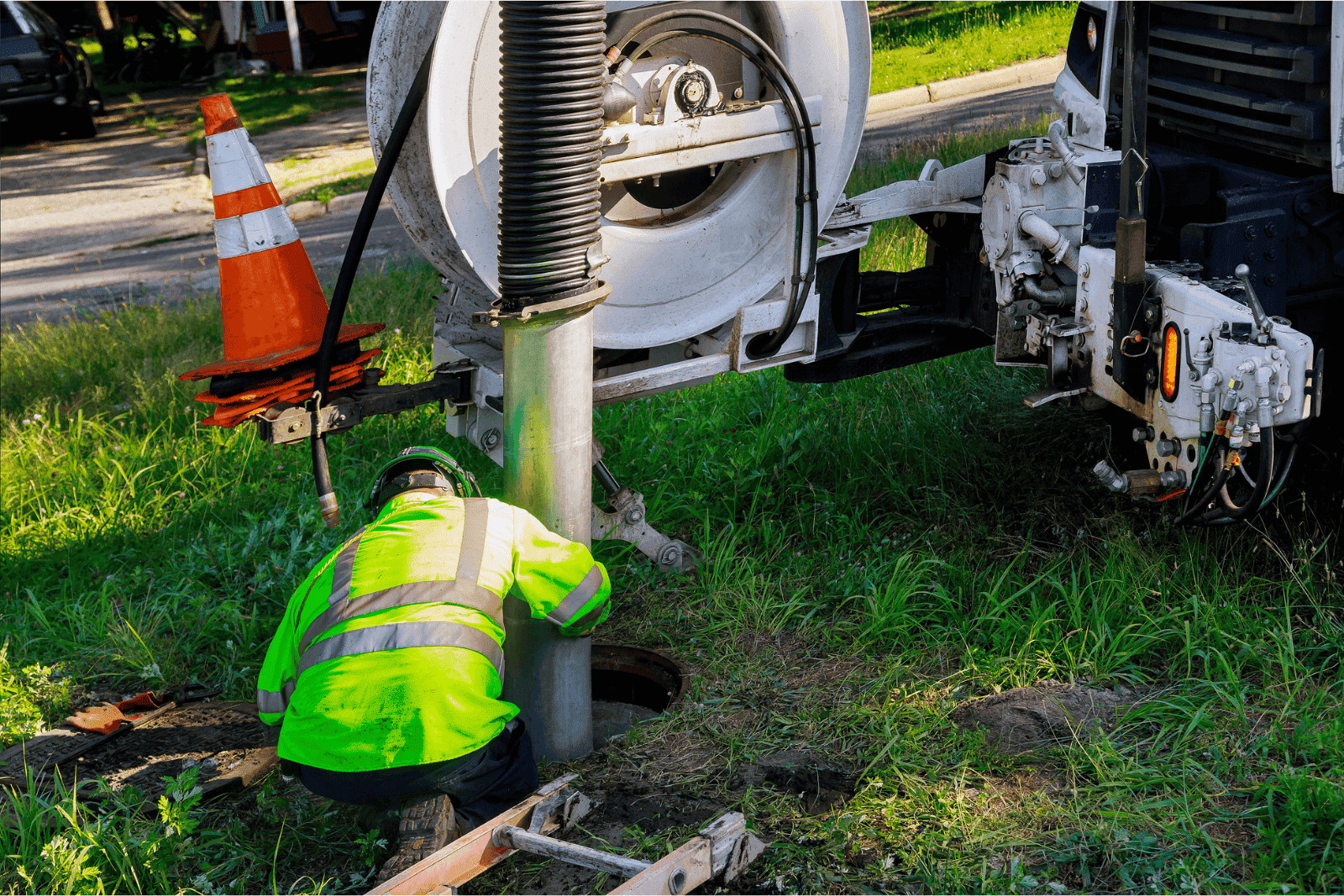
In the realm of occupational hazards, one often underestimated and yet significant concern is hearing loss. The World Health Organization estimates that approximately 1.1 billion young people worldwide are at risk of hearing loss due to recreational exposure to loud sounds and noisy environments. Beyond the realm of recreation, numerous occupations pose a heightened risk of hearing impairment. Our mission is to shed light on this critical issue, discuss the latest advancements in hearing loss prevention, diagnosis, and management, and emphasize the paramount importance of early detection.
Occupations at High Risk
A diverse range of professions expose individuals to chronic noise exposure, which can lead to noise-induced hearing loss (NIHL). Industries such as construction, manufacturing, mining, agriculture, aviation, and entertainment have consistently demonstrated heightened rates of hearing impairment among their workforce. For instance, construction sites often resound with the clamor of heavy machinery and tools, subjecting workers to continuous loud noise levels. Similarly, musicians, sound engineers, and entertainment industry professionals face prolonged exposure to amplified sound levels that can take a toll on their auditory health.
Advancements in Hearing Loss Prevention
The emergence of advanced technology has provided us with valuable tools to mitigate the risk of hearing loss in high-noise environments. Personal protective equipment (PPE) has undergone substantial improvement, with earmuffs and earplugs designed to offer better noise reduction without compromising comfort. The implementation of noise control measures within industrial settings, such as acoustic barriers and soundproofing materials, has contributed to reducing the overall noise exposure.
In recent years, education and awareness campaigns have been instrumental in promoting safe listening practices. From workplace seminars to public service announcements, the significance of minimizing noise exposure and using appropriate hearing protection is being emphasized across various sectors.
Cutting-Edge Diagnosis Techniques
Advancements in audiological diagnostics have revolutionized our ability to assess hearing health. Audiologists now employ advanced techniques like otoacoustic emissions (OAE) and auditory brainstem response (ABR) to detect early signs of hearing loss. OAEs evaluate the response of the cochlea to sound, while ABR measures the brain’s response to auditory stimuli. These methods enable clinicians to identify subtle changes in auditory function before they become clinically significant.
Holistic Management Approaches
Early intervention is the cornerstone of effective hearing loss management. Modern hearing aids have evolved from bulky, conspicuous devices to sleek, sophisticated instruments that offer personalized sound amplification. These devices employ cutting-edge technology like artificial intelligence to adapt to various listening environments, enhancing the wearer’s auditory experience.
Additionally, the field of cochlear implants has made remarkable progress. These implantable devices are designed for individuals with severe to profound hearing loss. They bypass damaged portions of the inner ear and directly stimulate the auditory nerve, enabling clearer sound perception. Research is ongoing to refine implant technology, aiming for greater sound resolution and improved speech understanding.
Looking Toward the Future
The field of audiology is on the cusp of transformative breakthroughs that could reshape the way we perceive and manage hearing loss. Gene therapy holds immense promise in addressing hereditary hearing impairment. By targeting specific genetic mutations that lead to hearing loss, scientists envision a future where genetic interventions could restore auditory function.
Moreover, advancements in regenerative medicine offer hope for repairing damaged sensory cells within the inner ear. Researchers are exploring stem cell therapies and tissue engineering techniques to restore hearing by regrowing hair cells and neural connections.
Emphasizing Early Detection
As audiologists we cannot overstate the importance of early detection. Regular hearing screenings, particularly for individuals in high-risk occupations, are imperative. Timely identification of even minor hearing deficits can prevent further deterioration and improve overall quality of life.
Hearing loss is a pervasive occupational concern that demands our attention and proactive measures. By harnessing cutting-edge prevention strategies, diagnostic tools, and management approaches, we can work towards preserving auditory health in individuals exposed to high noise levels. As a community, we must prioritize education, awareness, and early detection, ensuring that those who contribute to society in high-risk occupations can continue to experience the richness of sound throughout their lives.
